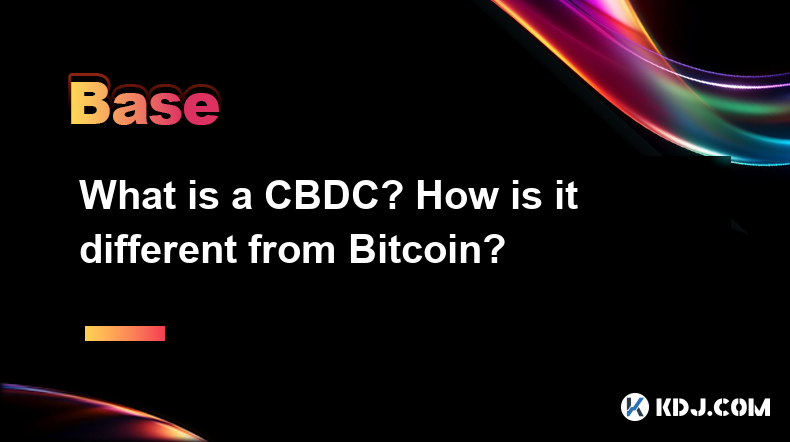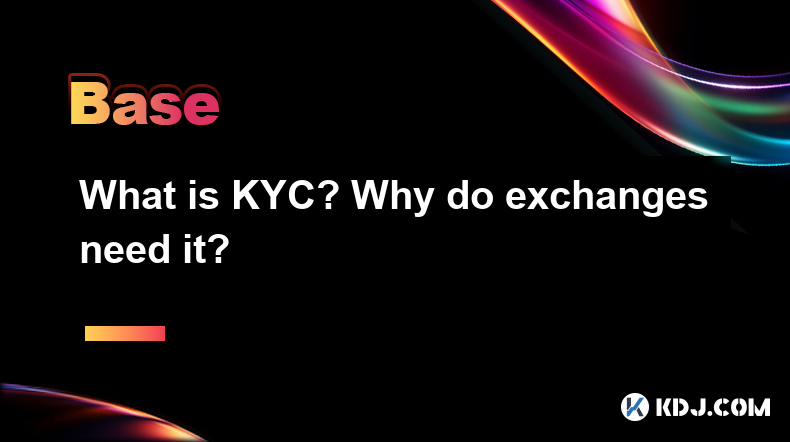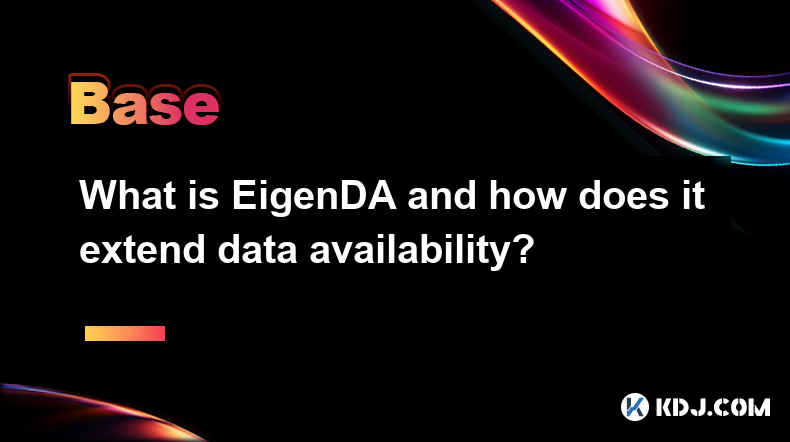-
 Bitcoin
Bitcoin $85,755.8002
1.64% -
 Ethereum
Ethereum $1,645.6905
1.27% -
 Tether USDt
Tether USDt $0.9998
0.02% -
 XRP
XRP $2.1577
1.11% -
 BNB
BNB $589.4257
0.30% -
 Solana
Solana $132.0805
-0.60% -
 USDC
USDC $1.0000
0.01% -
 TRON
TRON $0.2534
-1.14% -
 Dogecoin
Dogecoin $0.1610
-2.84% -
 Cardano
Cardano $0.6440
-0.39% -
 UNUS SED LEO
UNUS SED LEO $9.4349
0.54% -
 Chainlink
Chainlink $12.7648
0.18% -
 Avalanche
Avalanche $20.0359
0.31% -
 Stellar
Stellar $0.2412
-0.10% -
 Toncoin
Toncoin $2.9297
3.26% -
 Sui
Sui $2.2079
-2.65% -
 Hedera
Hedera $0.1679
-0.55% -
 Shiba Inu
Shiba Inu $0.0...01200
-2.02% -
 Bitcoin Cash
Bitcoin Cash $333.3530
-3.38% -
 Litecoin
Litecoin $78.5280
0.39% -
 Polkadot
Polkadot $3.6858
-0.63% -
 Hyperliquid
Hyperliquid $16.2142
3.18% -
 Dai
Dai $0.9998
-0.01% -
 Bitget Token
Bitget Token $4.3249
0.75% -
 Pi
Pi $0.7441
-1.29% -
 Ethena USDe
Ethena USDe $0.9990
0.02% -
 Monero
Monero $212.5820
2.77% -
 Uniswap
Uniswap $5.4137
-0.50% -
 Pepe
Pepe $0.0...07502
0.93% -
 OKB
OKB $52.3495
-1.44%
What is EIP-4844 and how does it reduce Layer 2 fees?
EIP-4844 introduces blob-carrying transactions to enhance Ethereum's scalability, reducing Layer 2 fees by efficiently handling and storing data on the network.
Apr 13, 2025 at 04:49 pm

EIP-4844, also known as "proto-danksharding," is a significant upgrade to the Ethereum network aimed at improving scalability and reducing transaction fees, particularly for Layer 2 solutions. This proposal introduces a new type of transaction called "blob-carrying transactions," which allows for more efficient data handling and storage on the Ethereum blockchain. By implementing EIP-4844, Ethereum aims to significantly lower the costs associated with Layer 2 rollups, making them more accessible and efficient for users.
What is EIP-4844?
EIP-4844, or "proto-danksharding," is a proposed Ethereum Improvement Proposal designed to enhance the network's scalability. The primary goal of EIP-4844 is to introduce a new transaction type known as blob-carrying transactions. These transactions allow for the inclusion of large amounts of data in a more efficient manner than traditional transactions. This efficiency is achieved by storing the data in a separate "blob" that is not part of the main Ethereum state, thereby reducing the load on the network and lowering transaction fees.
How Does EIP-4844 Work?
EIP-4844 works by introducing blob-carrying transactions, which are transactions that include a large amount of data in a separate "blob." This blob is not part of the Ethereum state and is only temporarily stored on the network. The data in the blob can be used by Layer 2 solutions, such as rollups, to process transactions more efficiently. By separating the data from the main Ethereum state, EIP-4844 reduces the amount of data that needs to be processed and stored, leading to lower transaction fees.
How Does EIP-4844 Reduce Layer 2 Fees?
EIP-4844 reduces Layer 2 fees by allowing Layer 2 solutions to process transactions more efficiently. Layer 2 solutions, such as rollups, rely on the Ethereum mainnet to store and process transaction data. By introducing blob-carrying transactions, EIP-4844 allows these solutions to store large amounts of data in a more cost-effective manner. This reduction in data storage costs directly translates to lower transaction fees for users of Layer 2 solutions.
The Role of Blob-Carrying Transactions
Blob-carrying transactions are the cornerstone of EIP-4844. These transactions allow for the inclusion of large amounts of data in a separate "blob" that is not part of the Ethereum state. This separation of data from the main Ethereum state reduces the load on the network, as the data in the blob is only temporarily stored and does not need to be processed by every node on the network. As a result, the cost of processing and storing transaction data is significantly reduced, leading to lower fees for Layer 2 solutions.
Benefits of EIP-4844 for Layer 2 Solutions
EIP-4844 offers several benefits for Layer 2 solutions. By allowing for more efficient data handling and storage, EIP-4844 reduces the costs associated with processing transactions on Layer 2. This reduction in costs makes Layer 2 solutions more accessible to users, as the fees for using these solutions are significantly lower. Additionally, the increased efficiency of data handling allows for faster transaction processing, improving the overall user experience on Layer 2 solutions.
Implementation of EIP-4844
The implementation of EIP-4844 involves several steps to ensure that the new transaction type is integrated into the Ethereum network. Here is a detailed look at the process:
Proposal and Review: The first step in implementing EIP-4844 is the proposal and review process. The proposal is submitted to the Ethereum community for review and feedback. This process ensures that the proposal is thoroughly vetted and that any potential issues are identified and addressed.
Testing and Simulation: Once the proposal has been reviewed and approved, the next step is to conduct testing and simulation. This involves running the proposed changes in a test environment to ensure that they work as intended and do not introduce any new issues.
Integration and Deployment: After successful testing and simulation, the final step is to integrate the changes into the Ethereum network. This involves updating the Ethereum software to include the new transaction type and deploying the changes to the mainnet.
Impact of EIP-4844 on Ethereum's Scalability
EIP-4844 has a significant impact on Ethereum's scalability. By introducing blob-carrying transactions, EIP-4844 allows for more efficient data handling and storage, which in turn increases the network's capacity to process transactions. This increased capacity is crucial for improving Ethereum's scalability, as it allows the network to handle a higher volume of transactions without compromising on security or decentralization.
Frequently Asked Questions
Q: How does EIP-4844 differ from other Ethereum scaling solutions?
A: EIP-4844 differs from other Ethereum scaling solutions in that it focuses on improving the efficiency of data handling and storage. While other solutions, such as sharding, aim to increase the network's capacity by dividing it into smaller pieces, EIP-4844 introduces a new transaction type that allows for more efficient data processing. This approach complements other scaling solutions and provides a more comprehensive approach to improving Ethereum's scalability.
Q: Will EIP-4844 affect the security of the Ethereum network?
A: EIP-4844 is designed to maintain the security of the Ethereum network. The introduction of blob-carrying transactions does not compromise the security of the network, as the data in the blobs is only temporarily stored and does not affect the main Ethereum state. Additionally, the proposal has been thoroughly reviewed and tested to ensure that it does not introduce any new security risks.
Q: How can developers prepare for the implementation of EIP-4844?
A: Developers can prepare for the implementation of EIP-4844 by familiarizing themselves with the new transaction type and understanding how it can be used to improve the efficiency of their applications. They can also participate in the testing and simulation phase to ensure that their applications are compatible with the new changes. Additionally, developers can stay updated on the progress of EIP-4844 by following the Ethereum community and participating in discussions and feedback sessions.
Q: What are the potential challenges in implementing EIP-4844?
A: The implementation of EIP-4844 may face several challenges, including technical complexities, community consensus, and ensuring compatibility with existing applications. The technical complexities arise from the need to integrate a new transaction type into the Ethereum network without disrupting existing functionality. Achieving community consensus is crucial, as the proposal needs to be widely accepted and supported by the Ethereum community. Finally, ensuring compatibility with existing applications is important to prevent any disruptions or issues for users.
Disclaimer:info@kdj.com
The information provided is not trading advice. kdj.com does not assume any responsibility for any investments made based on the information provided in this article. Cryptocurrencies are highly volatile and it is highly recommended that you invest with caution after thorough research!
If you believe that the content used on this website infringes your copyright, please contact us immediately (info@kdj.com) and we will delete it promptly.
- BlockDAG's Keynote 3 Reveals Mainnet Launch Plans! SHIB & TON Whale Activity Surges
- 2025-04-15 14:00:12
- The April Shake-Up: Exploring Opportunities in the Altcoin Market
- 2025-04-15 14:00:12
- “The stock market is a device for transferring money from the impatient to the patient.”
- 2025-04-15 13:55:13
- 4 Coins to Watch in the Race to $1 by 2025
- 2025-04-15 13:55:13
- #Binance **⚠️ P2P Scam Warning**
- 2025-04-15 13:50:12
- Why This Utility Token Going Viral More Than Meme; Dogecoin, Shiba Inu & Pepe Coin?
- 2025-04-15 13:50:12
Related knowledge

What is a CBDC? How is it different from Bitcoin?
Apr 15,2025 at 01:49pm
A Central Bank Digital Currency (CBDC) represents a digital form of a country's fiat currency, issued and regulated by its central bank. Unlike traditional physical currencies, CBDCs exist purely in digital form, offering a new way for governments to manage their monetary systems. CBDCs are designed to provide the benefits of digital currencies while ma...

What is KYC? Why do exchanges need it?
Apr 15,2025 at 02:01pm
KYC, or Know Your Customer, is a process used by businesses, including cryptocurrency exchanges, to verify the identity of their clients. The primary goal of KYC is to prevent illegal activities such as money laundering, fraud, and terrorist financing. By implementing KYC procedures, exchanges can ensure compliance with regulatory requirements and maint...

How to buy Dogecoin in China?
Apr 14,2025 at 04:35pm
How to buy Dogecoin in China (DOGE) Dogecoin is a decentralized digital currency known for its iconic dog pattern. Here are the detailed steps on how to buy Dogecoin in China. step 1. Register a digital currency exchange account First, you need to register an account on a digital currency trading platform regulated by China. It is recommended to choose ...

Ouyi Exchange web version registration portal
Apr 15,2025 at 01:28pm
Ouyi Exchange web version registration guide: Get started quickly How to create an account on the Ouyi Exchange web version? The process of creating an Ouyi Exchange web version account is very simple, just follow the following steps: Browse to the official website of Ouyi Exchange. Click the "Register" option in the upper right corner of the ...

What is Delayed Encryption technology?
Apr 11,2025 at 10:42pm
What is Delayed Encryption Technology? In the world of cryptocurrencies, security is paramount. One of the innovative solutions to enhance the security of digital transactions is Delayed Encryption Technology. This technology introduces a layer of security by encrypting data with a time delay, ensuring that the information remains secure until a specifi...

What is EigenDA and how does it extend data availability?
Apr 11,2025 at 05:28pm
EigenDA is a groundbreaking solution within the cryptocurrency ecosystem designed to enhance data availability across blockchain networks. Developed by EigenLayer, EigenDA aims to address the critical issue of data availability, ensuring that all participants in a blockchain network can access the necessary data to verify transactions and maintain the i...

What is a CBDC? How is it different from Bitcoin?
Apr 15,2025 at 01:49pm
A Central Bank Digital Currency (CBDC) represents a digital form of a country's fiat currency, issued and regulated by its central bank. Unlike traditional physical currencies, CBDCs exist purely in digital form, offering a new way for governments to manage their monetary systems. CBDCs are designed to provide the benefits of digital currencies while ma...

What is KYC? Why do exchanges need it?
Apr 15,2025 at 02:01pm
KYC, or Know Your Customer, is a process used by businesses, including cryptocurrency exchanges, to verify the identity of their clients. The primary goal of KYC is to prevent illegal activities such as money laundering, fraud, and terrorist financing. By implementing KYC procedures, exchanges can ensure compliance with regulatory requirements and maint...

How to buy Dogecoin in China?
Apr 14,2025 at 04:35pm
How to buy Dogecoin in China (DOGE) Dogecoin is a decentralized digital currency known for its iconic dog pattern. Here are the detailed steps on how to buy Dogecoin in China. step 1. Register a digital currency exchange account First, you need to register an account on a digital currency trading platform regulated by China. It is recommended to choose ...

Ouyi Exchange web version registration portal
Apr 15,2025 at 01:28pm
Ouyi Exchange web version registration guide: Get started quickly How to create an account on the Ouyi Exchange web version? The process of creating an Ouyi Exchange web version account is very simple, just follow the following steps: Browse to the official website of Ouyi Exchange. Click the "Register" option in the upper right corner of the ...

What is Delayed Encryption technology?
Apr 11,2025 at 10:42pm
What is Delayed Encryption Technology? In the world of cryptocurrencies, security is paramount. One of the innovative solutions to enhance the security of digital transactions is Delayed Encryption Technology. This technology introduces a layer of security by encrypting data with a time delay, ensuring that the information remains secure until a specifi...

What is EigenDA and how does it extend data availability?
Apr 11,2025 at 05:28pm
EigenDA is a groundbreaking solution within the cryptocurrency ecosystem designed to enhance data availability across blockchain networks. Developed by EigenLayer, EigenDA aims to address the critical issue of data availability, ensuring that all participants in a blockchain network can access the necessary data to verify transactions and maintain the i...
See all articles























































































